ACCLAIMED choreographer, dancer and teacher Nina Rajarani MBE has regularly delivered dynamic stage productions that have left audiences enthralled around the world.
The latest offering from her Srishti dance company is Sevens, which is currently on a UK tour. The triple bill of classical Indian dance explores the sacred, and sometimes sinful, significance of the number seven.
The entertaining production sees her heading an ensemble cast of four Indian classical dancers (performing in the Bharatanatyam and Kathak styles) and three musicians.
Eastern Eye caught up with dance maestro Nina to find out more.
What inspired the pieces in Sevens?
The first piece, Seven Steps, is based on saptapadi – the most important rite of a
Hindu marriage ceremony, during which the couple take a vow with each step. I was inspired to create this piece because contrary to expectations, they are simple, practical, and beautiful promises of togetherness, with little religious connotation. They could be applicable to any two people who are committing to each other, irrespective of their background or the time period. I perform this piece with my vocalist husband Y Yadavan, who is also its composer.
What about the other two pieces?
By contrast, the second piece, Seven Sins, focuses on the harsh reality of life, where we are all judged by what we do. But in this interpretation, we take an empathetic view of what are classified as sins and treat them as a result of one’s unmet needs. To complete the triple bill, Seven Snags is a short, fun-filled, flirtatious piece, with a teasing quality. Overall, I wanted to create a variety of flavours for the audience and showcase various facets of dance and music.
Tell us about the accompanying music?
The music is by composers Y Yadavan and Shammi Pithia, who are collaborating for the first time. Yadavan is a Carnatic vocalist and Shammi plays the flute, keyboard, and various percussion instruments. As they have a classical Indian and non-classical background, respectively, the output is very interesting. We also have Vijay Venkat, an Indian classical musician who plays the flute and the viola.
As someone who performs Bharatanatyam, you have collaborated with Kathak dancers on many occasions, but this is the first time you are working with an ensemble incorporating both styles. How do you feel being able to tour again?
This is the first time that I am working abstractly with the narrative, which is
challenging but also exciting. It feels wonderful to be on tour again and very exciting to be back in rehearsal with dancers and musicians. Despite the fatigue I am experiencing right now, I wake up every morning looking forward to seeing my team and performing live at venues.
What are you hoping audiences take away from this production?
Something different from each piece. From Seven Snags, I would like them to smile at the joy of youth, and the carefree adventure it brings. With Seven Steps, I would like them to experience something pure and beautiful – how idealistic the notion of love is. With Seven Sins, I would like to leave them with food for thought – how responsible are we being when we judge people with our notions of right and wrong without knowing anything about the underlying, unseen truths.
Has the pandemic and lockdown changed you creatively?
It has taught me that anything is possible. We conducted classes over Zoom, showcased online performances and even created a whole new dance work entirely remotely. In this way, we have reached a global audience like never before. It has also made me realise how much we thrive on live interaction with other artists. It has made this project all the more exciting.
What does dance mean to you today?
Dance to me is not only about movement of the body, but it also serves as a medium to express feelings and emotions. Even though I never intend to make the work about me, in some way or another, it ends up speaking of the inner me, and serves as an emotional release.
Finally, why should we come and see your new show?
To be moved. I feel that any form of art should move the spectator in some way and can do that if the artist is invested emotionally. As a team, we have made this work through a process of sharing with each other our personal experiences and feelings, and these have shaped the creation of this work through the medium of some very exciting dance and music.
Visit www.srishti.co.uk to find out more and for details of tour dates







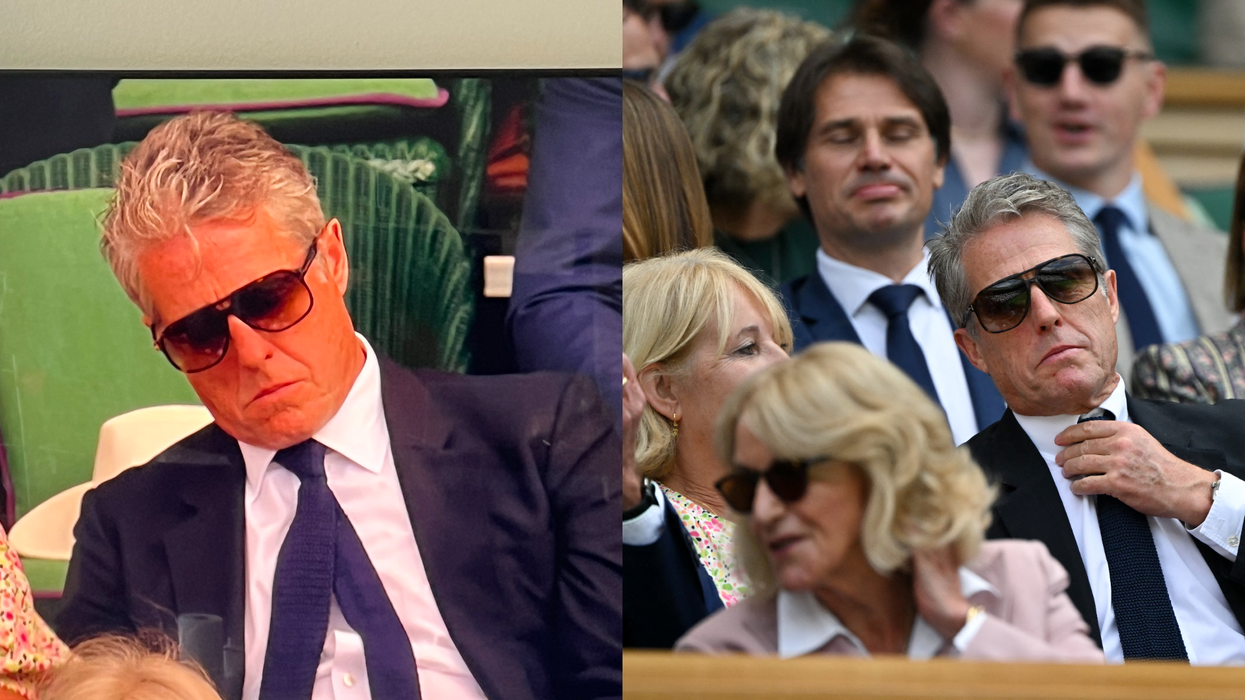
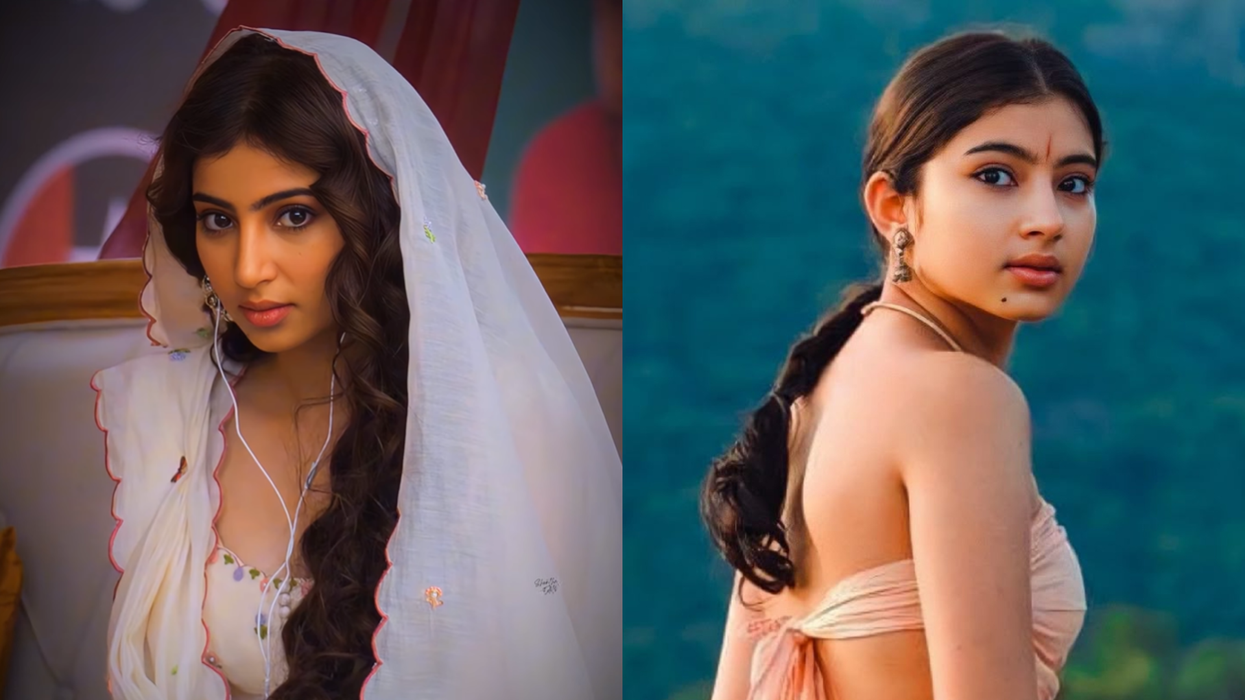







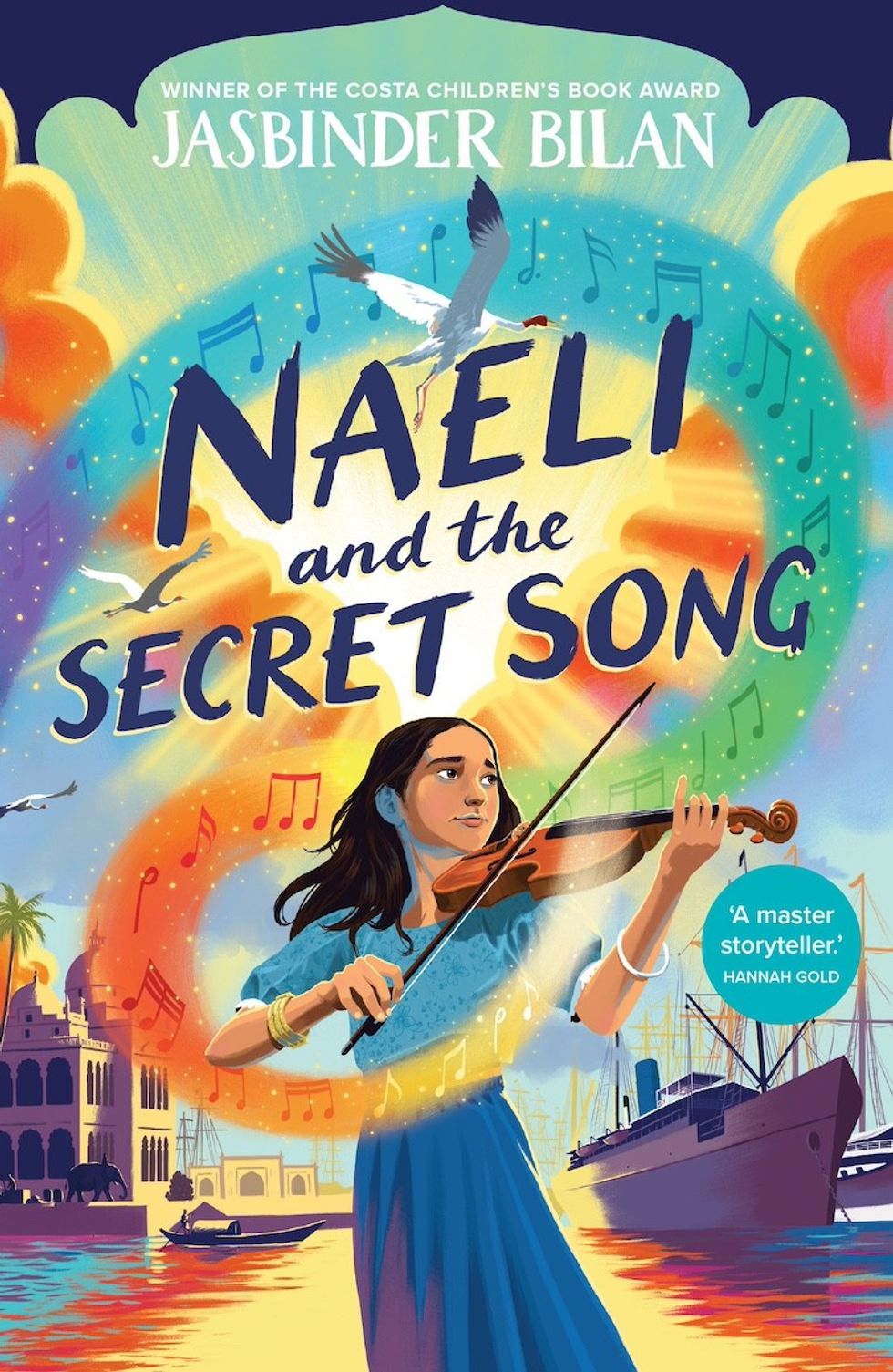 Naeli and the secret song
Naeli and the secret song
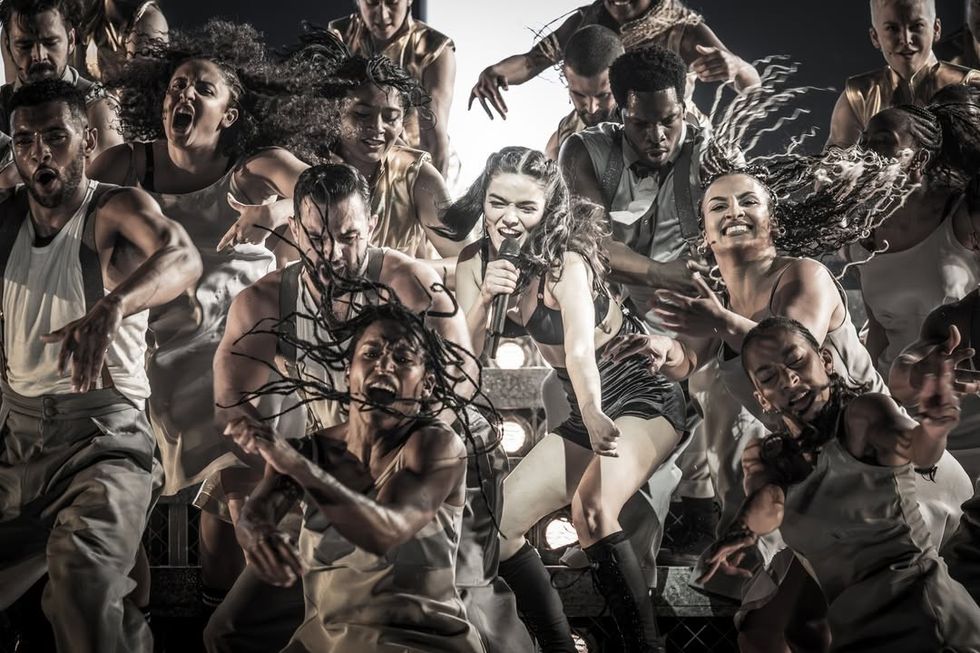 Jamie Lloyd’s Evita with Rachel Zegler set for Broadway after London triumphInstagram/
Jamie Lloyd’s Evita with Rachel Zegler set for Broadway after London triumphInstagram/
 A compelling premise, layered and unpredictable charactersAMG
A compelling premise, layered and unpredictable charactersAMG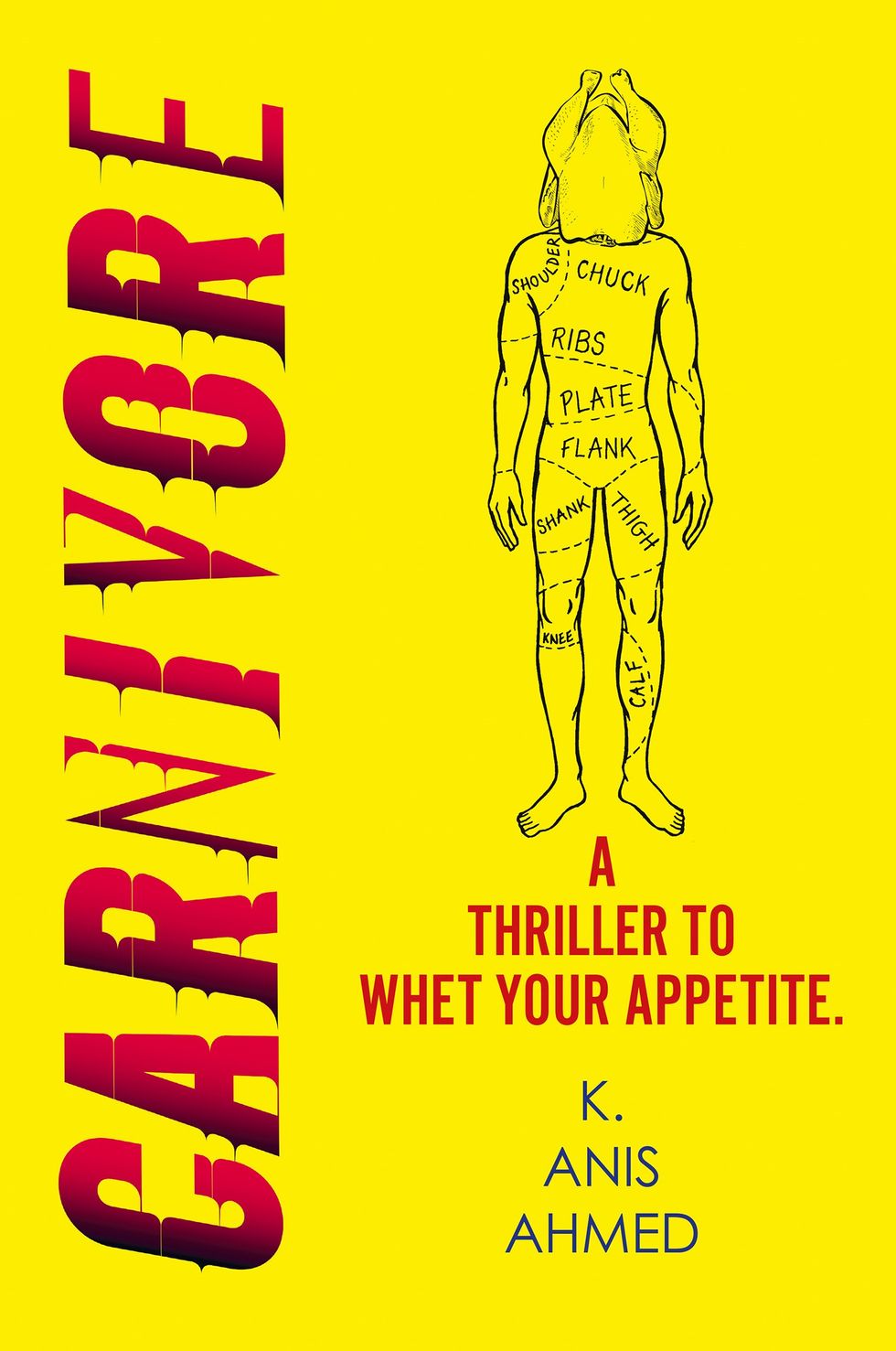 Anyone who enjoys a gripping story with a diverse cast and unexpected twistsHarperFiction
Anyone who enjoys a gripping story with a diverse cast and unexpected twistsHarperFiction
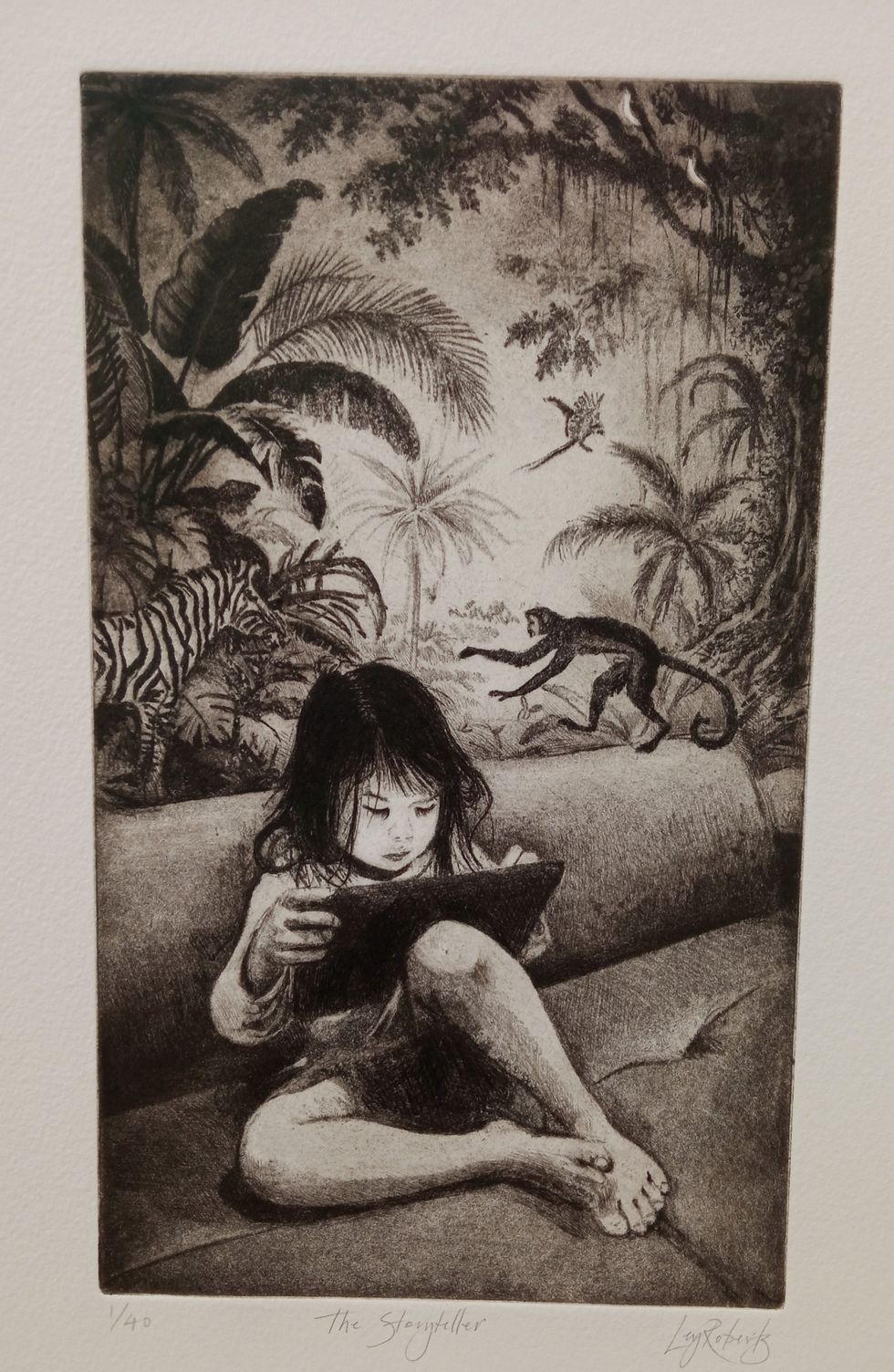 The Story Teller by Ley Roberts
The Story Teller by Ley Roberts Summer Exhibition coordinator Farshid Moussavi, with Royal Academy director of exhibitions Andrea Tarsia in the background
Summer Exhibition coordinator Farshid Moussavi, with Royal Academy director of exhibitions Andrea Tarsia in the background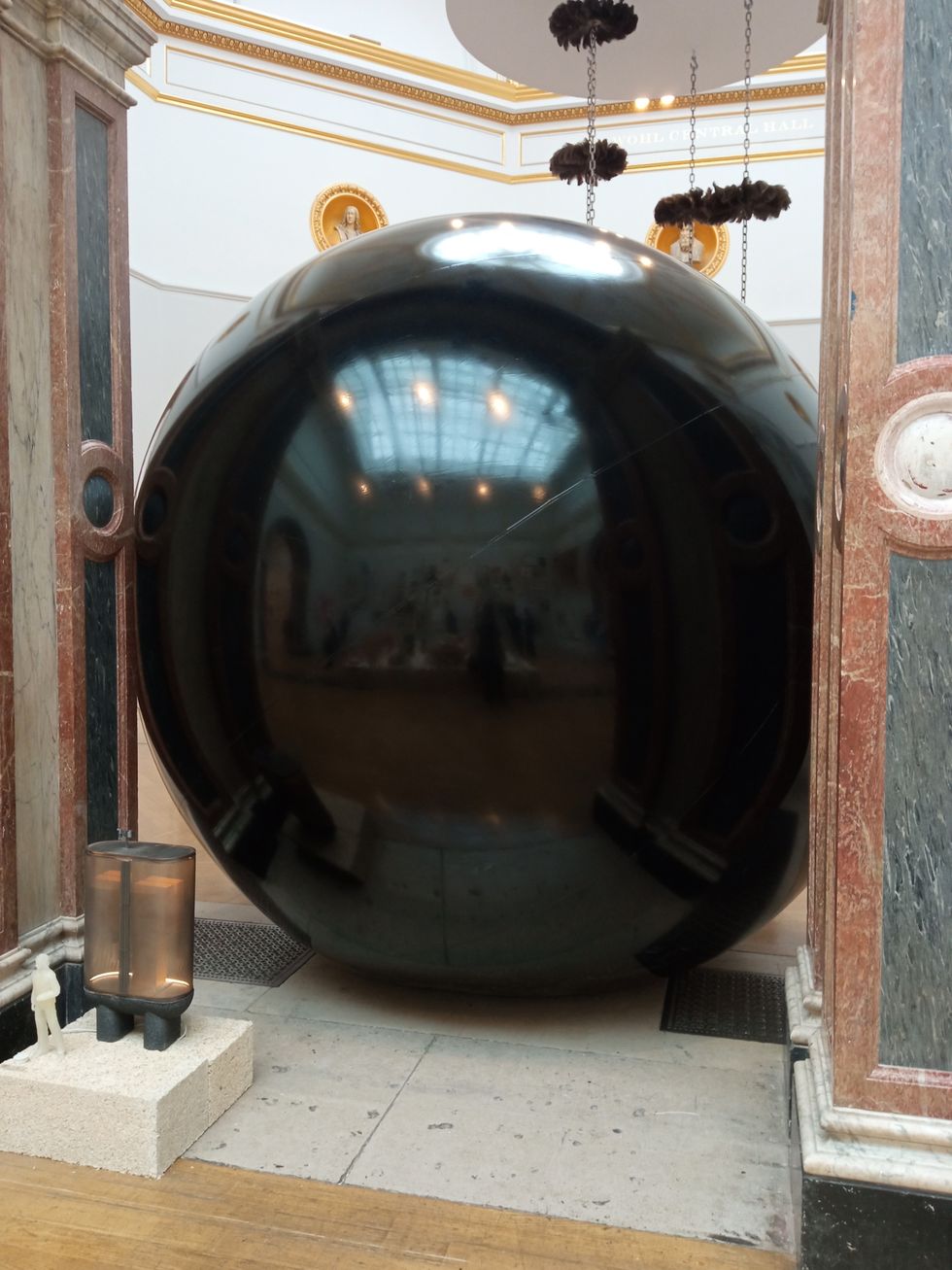 An installation by Ryan Gander
An installation by Ryan Gander A sectional model of DY Patil University Centre of Excellence, Mumbai, by Spencer de Grey
A sectional model of DY Patil University Centre of Excellence, Mumbai, by Spencer de Grey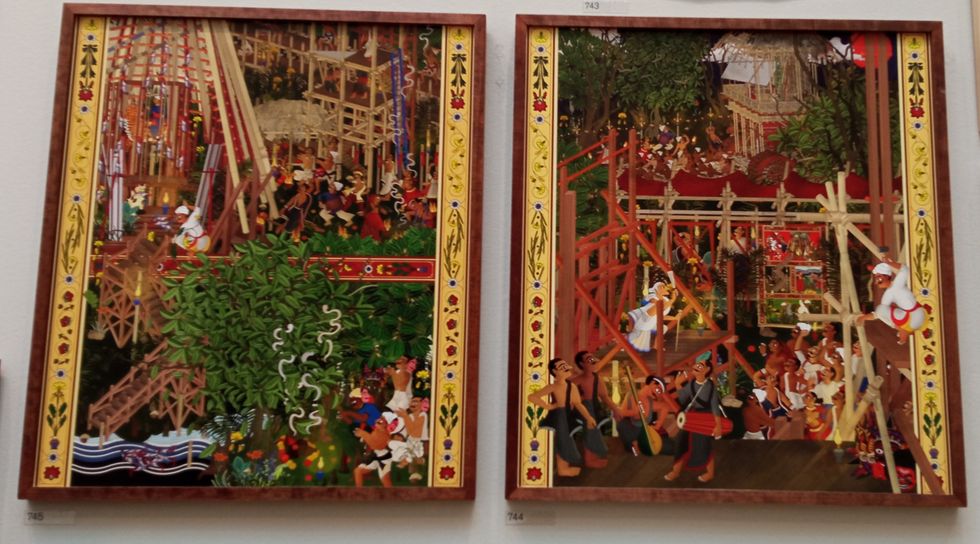 Rituals and Identity and Theatre of Resistance by Arinjoy Sen
Rituals and Identity and Theatre of Resistance by Arinjoy Sen